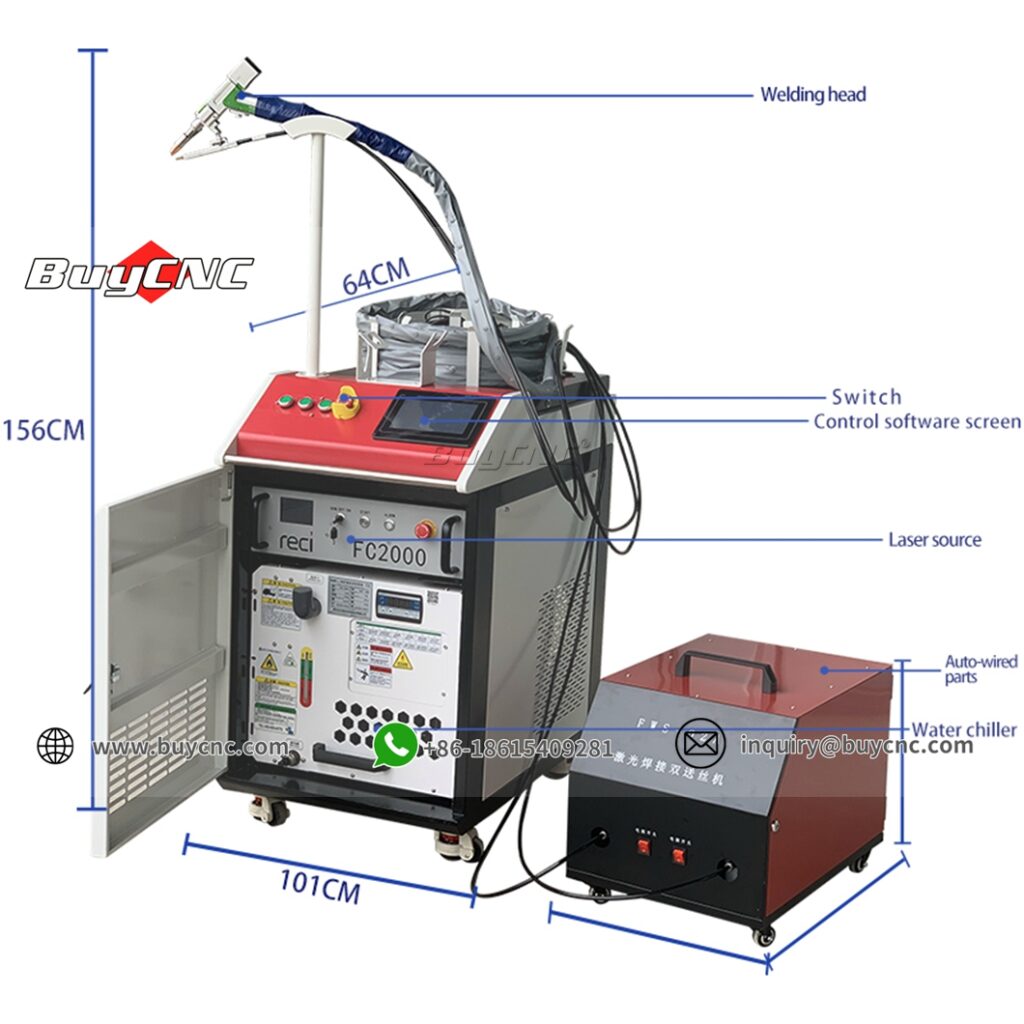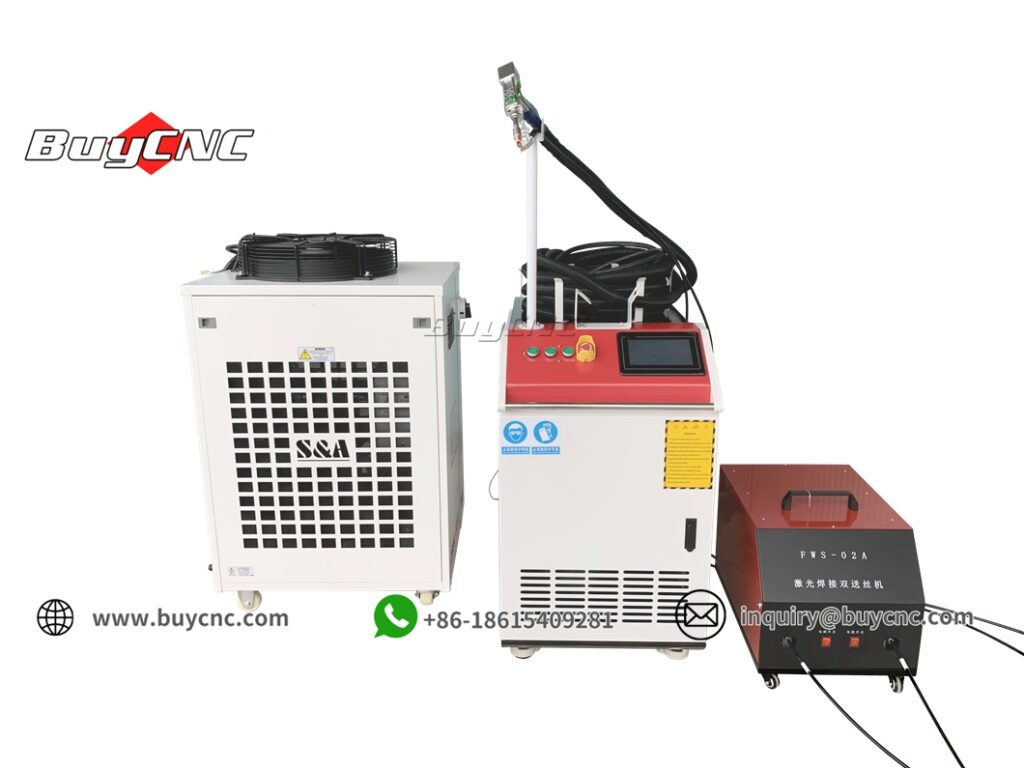Table of Contents
In the world of manufacturing and industrial production, welding is an essential process. And with the advancement of technology, laser beam welding has become an increasingly popular method of welding.
Laser beam welding is a process that uses a highly concentrated beam of light, or laser, to melt and fuse two pieces of metal together. The laser beam welder is a powerful tool that can weld metals with high precision and accuracy. It is commonly used in the aerospace, automotive, and electronics industries.
Advantages of laser beam welding
One of the advantages of laser beam welding is its ability to weld small and complex parts that traditional welding methods may not be able to reach. Additionally, laser beam welding can produce high-quality welds with minimal distortion and low heat input, which can be beneficial in preserving the material’s properties.
Why laser weld monitoring is important
However, monitoring the laser welding process is crucial to ensure the quality of the welds. This is where laser weld monitoring comes into play. Laser weld monitoring involves the use of sensors and cameras to monitor the laser welding process in real-time. This allows manufacturers to detect any anomalies or defects in the welding process and make necessary adjustments.
There are various types of laser weld monitoring techniques available, including visual monitoring, infrared monitoring, and acoustic monitoring. Visual monitoring involves the use of cameras to monitor the welding process visually, while infrared monitoring uses sensors to detect the temperature of the weld. Acoustic monitoring involves the use of sensors to detect the sound waves produced during the welding process.
In addition to monitoring the welding process, laser weld monitoring can also provide valuable data that can help manufacturers optimize their welding processes. For instance, it can help identify the optimal laser power, welding speed, and other parameters for different types of materials.
Conclusion
To conclude, laser beam welding and laser weld monitoring are two important processes in modern manufacturing. The laser beam welder is a powerful tool that can produce high-quality welds with minimal distortion and low heat input, while laser weld monitoring ensures the quality of the welds and provides valuable data for process optimization. If you’re looking for precision welding with high accuracy, consider using laser beam welding and laser weld monitoring in your manufacturing process.

